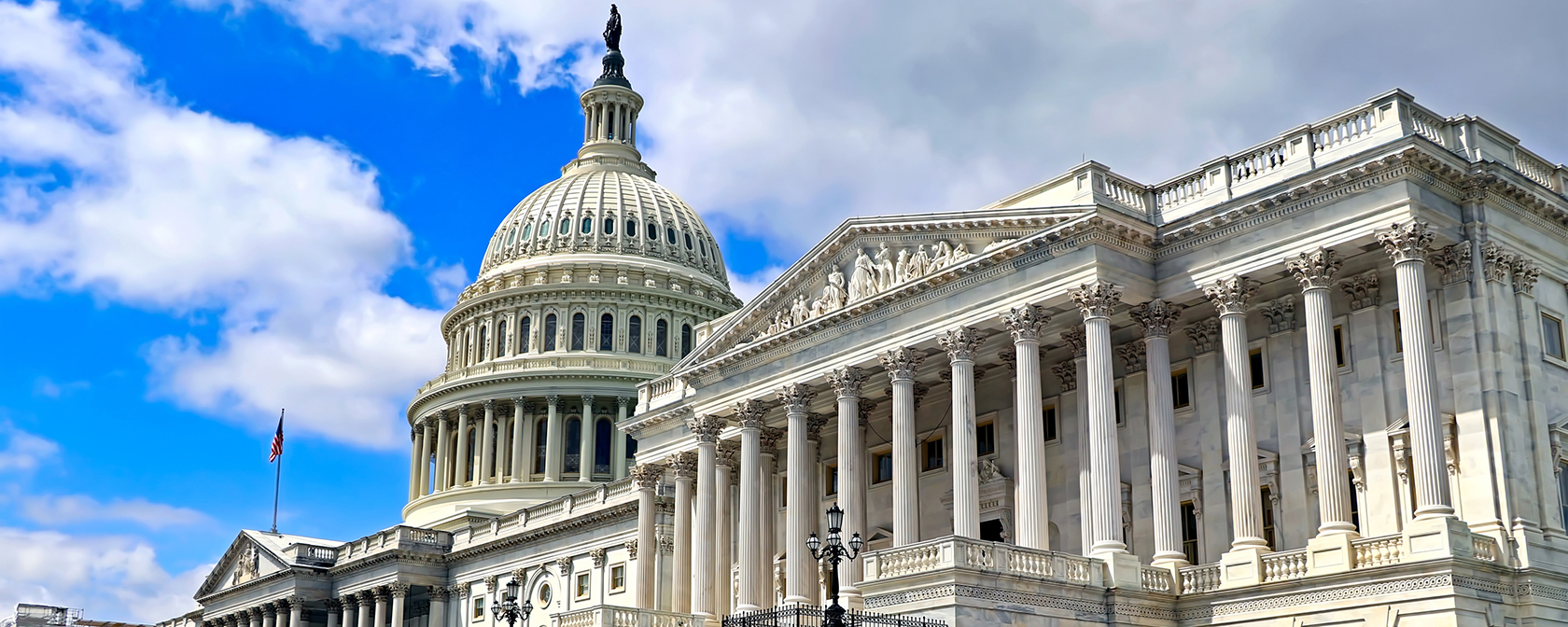
Have you ever had a conversation with your congressional Representative? Probably not, right? Whether by email, phone call, or even in person, I’d say 90–95% of people reading this article haven’t had an opportunity to talk with their Representative. Even though, you know, they’re the ones who are supposed to be representing the people most directly in the federal government. A few months ago, I decided to email my Representative, about a couple issues I wouldn’t say were “hot button”, and not particularly controversial. This may surprise you (not), but I’ve yet to hear back, and the lack of a response got me thinking about one thing: why is it that the House of REPRESENTATIVES feels so unrepresentative?
Well first of all, do you know why the House of Representatives has 435 members? You may think it’s in the Constitution, or it’s just always been 435 members, but in fact this isn’t true. 435 was only chosen as the permanent number of Representatives about 100 years ago, in the Reapportionment Act of 1929. In fact, the only mention of the size of the House in the Constitution is in Article 1, Section 2, and states that “The Number of Representatives shall not exceed one (representative) for every thirty Thousand (people).”
Considering how much the US has grown in the past 100 years, people are actually being less represented now than ever in Congress. In 1800, there were 106 seats for 5.3 million people in the US, or roughly one Representative for every 50,000 people. In 2020, there are 435 seats for 331 million people, or roughly one Representative for every 760,000 people!
There are Senators who represent less people than that, which is kind of ridiculous if you ask me. I think it’s because of this frustration that other people, including myself, are now advocating for expanding the House. There are many different proposals I’ve seen, including:
The Wyoming Rule: That district size will be based on the population of the smallest state.
Cube Root Law: Take the cube root of the population of the US, and make that number the number of seats, which would currently be 692.
Specific Ratio of People per Representative: The Constitution called for 30,000 per seat, although the number of seats that would entail would be a little high.
Out of those three options, I would personally go with the 3rd one, and perhaps pick either 100,000, or 250,000 people per Representative. However, I have created a proposal that is none of these options, and is pretty arbitrary in reality. I decided to redistrict the United States (plus Washington DC) with 1776 House of Representative seats. It’s pretty obvious why I chose this number, as it’s a very important number in the history of the United States, and I think it’s an amount that would solve a lot of the issues the current size of the House has.
Links to Each State:
https://docs.google.com/document/d/1SMzoHv7uKhzAmgyLHvkps7G-Wh7w-9mW6WwY-D3PdjQ/edit?usp=sharing
Political Lean of Each State’s Districts:
https://docs.google.com/spreadsheets/d/1sXo9j7VWwAJ661pRZJWnjvfysbsny3YXdhbmoDNdGio/edit?usp=sharing
I do want to make a couple things clear however: Firstly, the colors shown and data indicated is a composite of 2016, 2018, and 2020 elections that took place in each state. These would include presidential, senatorial, gubernatorial, and other state offices. Secondly, consider this to be a general idea of how I would redistrict each state, but don’t worry too much about each specific district. That being said, I did have a few rules I tried to follow when creating districts. First, in order to determine how many districts a state would have, I simply took their 2020 census population, turned it into a percentage of the US population, and multiplied that percentage by 1776 in order to get the correct amount of seats. Secondly, when districting, I tried to ensure that minorities got sufficient representation, because The Supreme Court has consistently ruled in favor of minority representation in Congress. What I mean by this is that if, say, Hispanics make up a certain percentage of the population in a state, that they should have a certain number of districts that are majority Hispanic. Next, I tried to split counties as little as possible. This basically just means trying to keep districts within one (or multiple, whole counties), if I could. Finally, I tried to keep districts as compact as possible, making sure districts weren’t odd shapes.
So, now that I’ve explained my proposal, and the background for it, what are the pros and cons for expanding the house? The first pro is that representation is more equal throughout each district. As it stands, the number of people per district can widely vary by state. Delaware’s lone district has almost a million people, while Wyoming’s lone district has around 575,000 people. However, as you increase the number of seats, this disparity would lessen. While the difference between the most populated and least populated district with 435 seats is about 400,000, the districts in a 1776 seats Congress would only vary by 40,000.
Making the House considerably bigger would also lessen the impacts of gerrymandering. If you don’t know what gerrymandering is, it’s basically a political party creating districts that disproportionately affects them. Since US House districts are usually decided by state legislatures, some of them take certain liberties to create favorable maps (Illinois and North Carolina I’m looking at you). It wouldn’t make the practice impossible, but make it much harder, and less effective. If districts are also smaller and have less people, I also think that it will allow Representatives to be, you know, more representative. They can be more in touch with their constituents, be more accessible, and focus more on local issues. For example, someone who represents an urban district might be more concerned about affordable housing, while someone who represents a blue collar area might be more focused on worker’s rights and unions. Going back to the question I asked at the beginning of this piece, chances are you haven’t ever talked with your representative, and might not even know who they are, and that’s kind of ridiculous if you think about it. Finally for the pros, although it might be a little wishful, I think effectively reducing each Representative’s influence might end up reducing identity politics, and leading to more civil politics.
Now the cons, and honestly, I don’t think there are very many. I kid you not, the biggest con I’ve seen while doing research is that people are concerned that the Capitol Building isn’t big enough for a lot more Representatives, and DC might not have enough housing for all the staffers. The Washington Post has a great article discussing this exact issue, and how there are ways to merely reconfigure the House Chamber. This article, along with all the links I used for research, are listed down at the bottom. Other than that, the other “con” might be that each Senate member would have more influence, which might not even be a bad thing depending on your view.
In conclusion, I think this is a fairly nonpartisan issue that would benefit the vast majority of Americans, and it’s an issue that I think should be brought up more often, and I hope that this article, even if I only have a little influence, can bring attention to it. I know this isn’t really my normal type of content, and I will be going back to creating more sports content, but I think it’s important to diversify your skillset and interest. If you have any comments about the map (that took me two weeks to make by the way), or anything I may have missed, feel free to message me on LinkedIn, or Email me at dannycowan1022@gmail.com.
Resources:
Pew Research- U.S. population keeps growing, but House of Representatives is same size as in Taft era: https://www.pewresearch.org/short-reads/2018/05/31/u-s-population-keeps-growing-but-house-of-representatives-is-same-size-as-in-taft-era/
Mr. Beat- Why are there only 435 members in the U.S. House of Representatives?: https://www.youtube.com/watch?v=RoD6k7K7r6M
WaPo- Can the Capitol hold a much bigger House? Yes, here’s how it would look.: https://www.washingtonpost.com/opinions/interactive/2023/capitol-house-representatives-expansion-design/
Center For Politics- The Different Ways of Expanding the House: https://centerforpolitics.org/crystalball/the-different-ways-of-expanding-the-house/
AMACAD- Enlarging the House: https://www.amacad.org/ourcommonpurpose/initiative/enlarging-house-representatives
US House- The Permanent Apportionment Act of 1929: https://history.house.gov/Historical-Highlights/1901-1950/The-Permanent-Apportionment-Act-of-1929/
US Constitution: https://constitution.congress.gov/browse/article-1/section-2/

